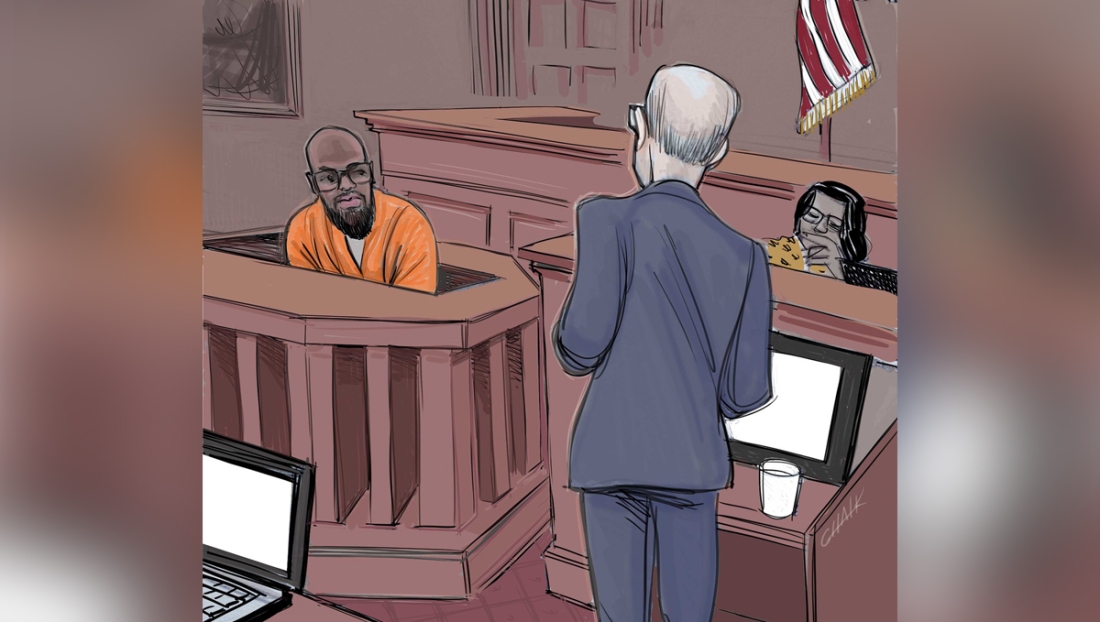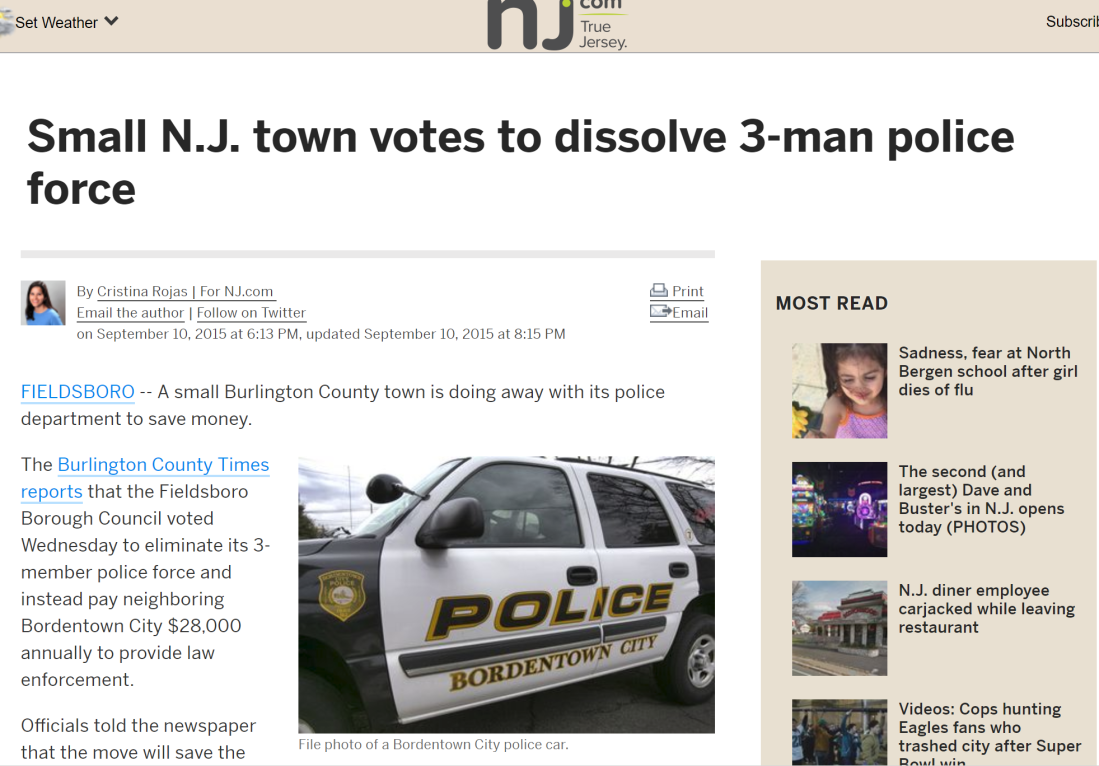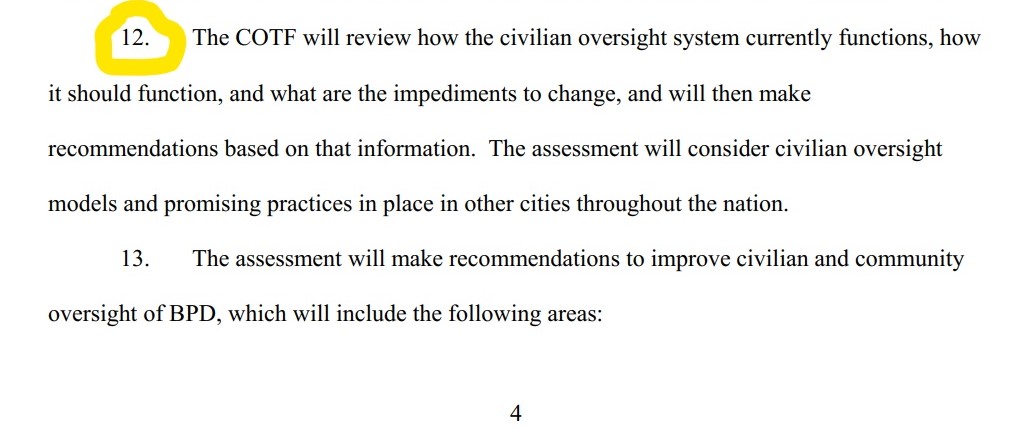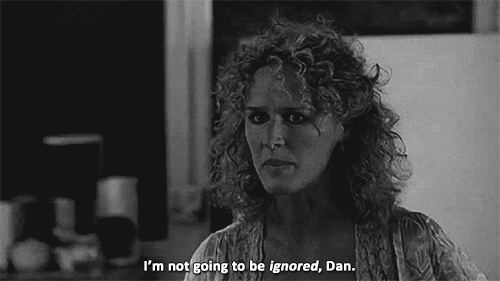Det. Sean Suiter was shot in the back of his head on November 15, 2017 and died the next day of the injuries associated with that single shot. Officers who responded to the scene, loaded him into a patrol car in attempt to save his life. Save his funeral, none of his brothers in blue have been heard from.
Inexplicably, neither BPD or the FOP union have made frequent appeals for tips from the public to solve the confusing and dead-end case. Nor has the robust city and the police department’s public relations team persisted to keep this open case in the hearts and minds of the public. Quite the contrary, Det. Suiter has taken on a “he who must not be named” quality.

The city’s newspaper of record, the Baltimore Sun on March 22 offered readers an update on the Suiter investigation. It did so with the controversial use of a heavy dose of anonymous sources. Although the sources were not named, most assume they are Baltimore Police officers willing to break their silence on the cold case. The article focused on debating a popular theory within the department of suicide.
Using five unnamed sources presumably close to the investigation, veteran Baltimore Sun reporters Kevin Rector and Justin Fenton used unorthodox methods in order to update a public thirsty for details.
Baltimore City Police department’s speaks out on investigation of murder of one of its own, Det. Sean Suiter
Commissioner Darryl De Sousa declined to be interviewed for the article published March 22, 2018. The Top Cop’s last comment on the case came during the week he was confirmed to his post. He announced convening an outside panel in mid February to give fresh eyes to the investigation without giving any details despite pressure from media. Gov. Larry Hogan, and the Baltimore delegation to the Maryland General Assembly who has statutory oversight of BPD were not included in the article.
Other people not interviewed: Any member of Det. Sean Suiter’s family, the Medical Examiner, the doctor who treated him, the ambulance driver who transplanted him

from the wrecked patrol car during the accident, any of the individuals in the accident en route to the hospital, the Harlem Park residents who were affected by the lockdown, the store owner whose surveillance tape was confiscated by BPD, members of the Consent Decree Monitoring team of the ACLU of MD which is requesting body worn camera for that day -or the only eyewitness – Det. David Bomenka – just to name a few.
But in remembrance of time honored words of Sec. of State Donald Rumsfeld, we go to battle with allies (sources) we have, not with the ones we want.
Readers’ anxiety was not assuaged since the reporters took no pains to reveal the qualifications of the anonymous sources they did talk to. However, the reporters insist that the five sources combine to have seen the video, talked to people who have seen it, and also have knowledge of statements given to investigators.
Importantly, The Baltimore Sun disclosed that in preparing for the “Exclusive” its sources did not provide them access to view any of the videos, listen to any audio, or view any written documents or photographs.
Deep Diving In
The one person expected to have the most answers is the partner who was with him at the time, Det. David Bomenka. Regrettably, according to the latest Sun exclusive, Bomenka saw about as much as the rest of us.
- He didn’t see the shooting.
- He didn’t see the shooter.
The eyewitness then appears to be more of an ear witness. The location Bomenka chose for cover did not allow him to see where his partner was or what was happening around him.
According to the Sun, everything that happened in the vacant lot all took place in about 8 seconds, maybe less.

New News
Suiter and Bomenka split up, and Suiter headed to the lot. It’s not clear why they separated or what was said between the two prior to Suiter walking to the lot. Sources said that video shows Suiter “pacing” near the lot’s opening before heading into the blind spot, gun drawn, the article claims.
Start the 8 second countdown clock at about 4:30 pm: Shots rang out. Bomenka took cover. W e can assume all three came in quick order. Bomenka called 9-1-1. Officers arrive on the scene. With back up, Bomenka checks on his partner and finds him face down, struggling for this life. Social media picks up scanner call and alerts the public at 4:41 p.m. that a Baltimore City Police officer has been shot.
e can assume all three came in quick order. Bomenka called 9-1-1. Officers arrive on the scene. With back up, Bomenka checks on his partner and finds him face down, struggling for this life. Social media picks up scanner call and alerts the public at 4:41 p.m. that a Baltimore City Police officer has been shot.
Entrance and Exit wounds.
According to a 10 year study by the National Institute of Health in 2012, gunshot wounds related to suicide have very specific characteristics. In all honesty, suicide attempts are not something most people would want to get wrong. This is especially true for “Suicide Theorists” in the Suiter matter. The Sun’s article suggests that Suiter would want to stage his suicide to appear like a homicide in order to provide benefits for his family. Having a partner nearby, with potential life-saving medical treatment, is one aspect that makes this theory unlikely. The location of the self-inflicted shot is crucial since medical help would likely to arrive within minutes.
Most favorable handgun locations due to effectivenes are as follows: right temple (about 67%), followed by the mouth (16%), forehead (7%), left temple (6%), under the chin (2%), and body region (1%). Even if staging his death to appear a homicide, the back of the head is a difficult and peculiar choice. Suiter would have been just as effective to suggest he was murdered with his own gun with a shot to the forehead. Better yet, he would have used a random gun, not his service weapon if he wanted to fool the cops.
“..the bullet…entered behind [Suiter’s] right ear and traveled forward, exiting from his left temple. The path of the bullet is not typical of a suicide, some note.
–Baltimore Sun, March 22, 2018
Suiter was discovered face down and his gun was located under his body.
The location the weapon after shooting one’s self is pretty predictable. In another National Institute of Heath 1999 study, the location of the gun really depends on the position of the body at the time of the shooting.
“The gun had a greater chance of remaining in the deceased’s hand if the person was lying or sitting when the gunshot wound was received”. In this study, the location of the gun also depends on the gender.
In 69% of the cases, the gun was on or near the body but not in the hand (i.e., touching the body or within 30 cm of the body). The gun was found >30 cm from the body in the remaining 7% of cases. In the case of handguns, the gun was found in the hand in 25.7% of individuals.
Other “new news” include that the initial reports to look for an “injured suspect” was unfounded. The two instances of blood at the scene was was attributed to an animal and from a person they cleared as being not related to the case.
The last clarification the Sun offered was that the bullet that killed Suiter was discovered on Monday, Nov 20, five days after the shooting. It was “embedded in the dirt” in a yet to be disclosed location relative to where his body was found. Results of the autopsy gave investigators insight into where to look for the fatal bullet.
Old News
- Det. Bomenka provided a suspect description of a black man wearing a black jacket with a white stripe based on a person he said that he and Suiter both saw 20 minutes before the shooting.
- Three shots were fired from Suiter’s gun, including the fatal shot.
- Suiter’s clothes were dirty and disheveled clothing suggesting a violent struggle.
- Suiter’s radio was still in his hand, although under his body.
- Suiter’s voice was heard on a radio transmission.
Finally, Mayor Catherine Pugh was not mentioned in the article, but continues to express confidence in Commissioner Darryl De Sousa. In early March, she mentioned that the panel he is convening to look into BPD corruption would also include Suiter. She recounted conversations she has had with his widow and that the family wants the truth. Still Mayor Pugh nixed the state’s offer of a commission to review corruption related to newly disclosed criminal activity organized by members of BPD’s Gun Trace Task Force.
Suiter worked closely with Gun Trace Task Force (GTTF) officers and was notably scheduled to be a fed witness the day he died. The Sun’s article did not delve into witness intimidation or executions associated with recent trials as potential theories for a motive behind Suiter’s death.
The Shropshire, Wells et als, court case is credited for bringing down GTTF and in January struggled with witness intimidation concerns. The judge took extraordinary measures to restrict cell phone use. A former BPD member who was a Philadelphia police officer and who is currently awaiting trial is being held in custody because of threats. The court determined that Officer Eric Snell had threatened the life of the children of ex-GTTF officer Det. Jamell Rayam when he was scheduled to testify as government witnesses.
If actions fall true to form, BPD will hold a late Friday press conference pronouncing the end of the investigation and the case solved. “We couldn’t find the assailant” they’ll likely say because “Suiter committed suicide.” With those few words, BPD will move toward clearing their record for a dangling unsolved murder of one of its own. It will also leave every resident doubtful that BPD could or should be ever trusted to investigate itself.
Also likely, The Baltimore Sun will regrettably look back on its decision to pave the way for the “suicide” declaration with its use of anonymous sources, And when it’s too late, recognize that in doing so – see its role in delaying justice for Det. Sean Suiter and his family. And Kevin Rector and Justin Fenton won’t have the cover of anonymity.










